Welcome to the Camera Trap Chronicles, a new series featuring wildlife photos from trail cameras set at Conservancy projects around the globe.
The camera trap has become one of the conservation biologist’s most useful tools. Many wild animals are nocturnal or elusive or rare, which makes detecting their presence difficult. Not even the most dedicated biologist can sit along a game trail 24/7 waiting for a wolverine to walk by.
A camera trap can.
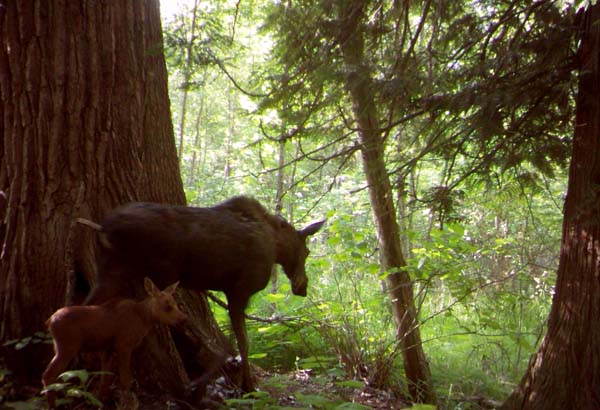
This was illustrated dramatically last month, when a saola was recorded alive, via camera trap, for the first time in fourteen years. This forest ox roams the forests along the Vietnam and Laos borders; it’s one of the least known (it was not discovered by Western science until 1992) and most elusive large mammals.
Biological expeditions have been unsuccessful at recording one alive in the wild, but a trail camera recorded a dramatic image, providing not only great information but hope for their future.
The Conservancy uses camera traps at many sites around the globe to survey and detect wildlife species large and small.
Today’s installment features photos from working forests in North Idaho.

The Kootenai River Valley lies just south of the Canada border in the Idaho Panhandle. Here, grizzly bears still roam widely.
To move from one national forest to another, they use private working forests.
You could think of the area as the habitat equivalent of an Oreo cookie. Large, public forests on one side. Large, public forests on the other. Private working forests, farms and wetlands in between—the part that holds it all together.
Grizzly bears need those private lands to move from one area to the other. They can survive fine on private forests that are harvested for timber.
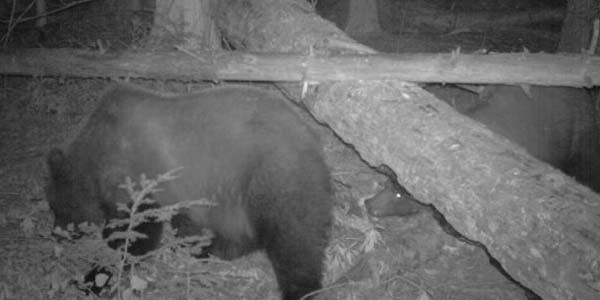
The Conservancy recognizes that sustainable forest harvest, unlike sprawling home developments, is compatible with a variety of wildlife species, including large mammals.
The Conservancy has worked with forest products companies here, in places like Boundary Creek near the Canada border. The companies have successfully harvested forest while protecting the bears. They put gates on roads, leave buffers and avoid the areas when the bears are around.
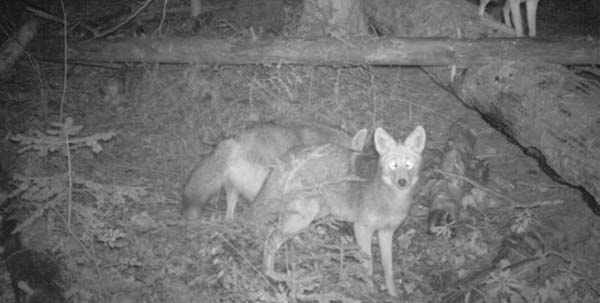
But how do they know when bears around around? Grizzly bears have learned to live secretly here; in many ways, their lives depend on it.
Camera traps provided data, showing where and when the bears are in the area.
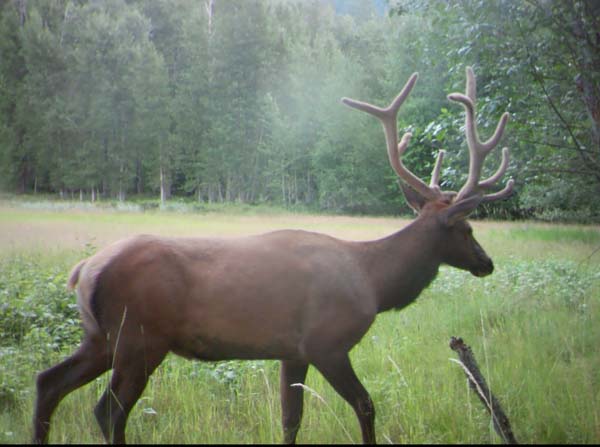
This summer, the Conservancy’s North Idaho land steward Kennon McClintock set trail cameras in other areas in the Kootenai Valley to record interesting wildlife.
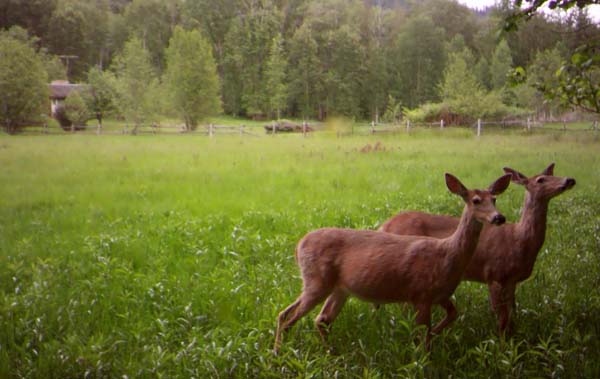
North Idaho is home to one of the great assemblages of large mammals on the continent, including moose, white-tailed deer, black bear, lynx and even caribou. Some species are rare or elusive. Others are common, but nocturnal.

Camera traps offer a great way to record the wildlife using a property, capturing images that would require a human observer to be in the field for weeks or months.
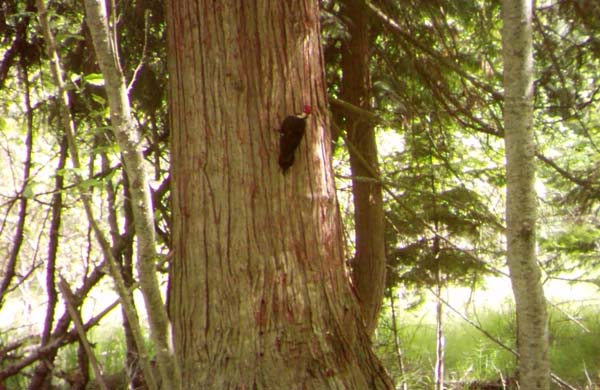
We’ll feature other images from camera traps regularly on Cool Green Science. Have you used a camera trap for your own citizen science project? We’d love to hear from you—and may feature your photo in upcoming blogs.

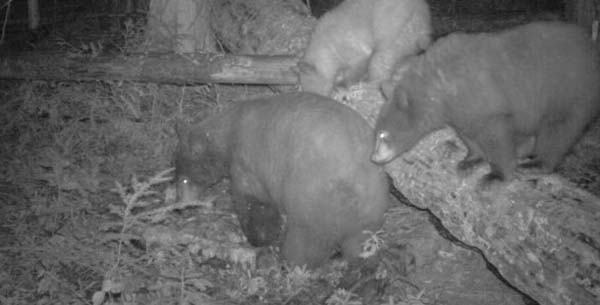



Fantastic area in the Kootenai Valley. I have not seen the grizzly there in person but I have seen their tracks in the mud where they traversed the Ball Creek Ranch Preserve. Will be going back up there again next spring and taking my wife along this time to share what TNC and others have preserved.